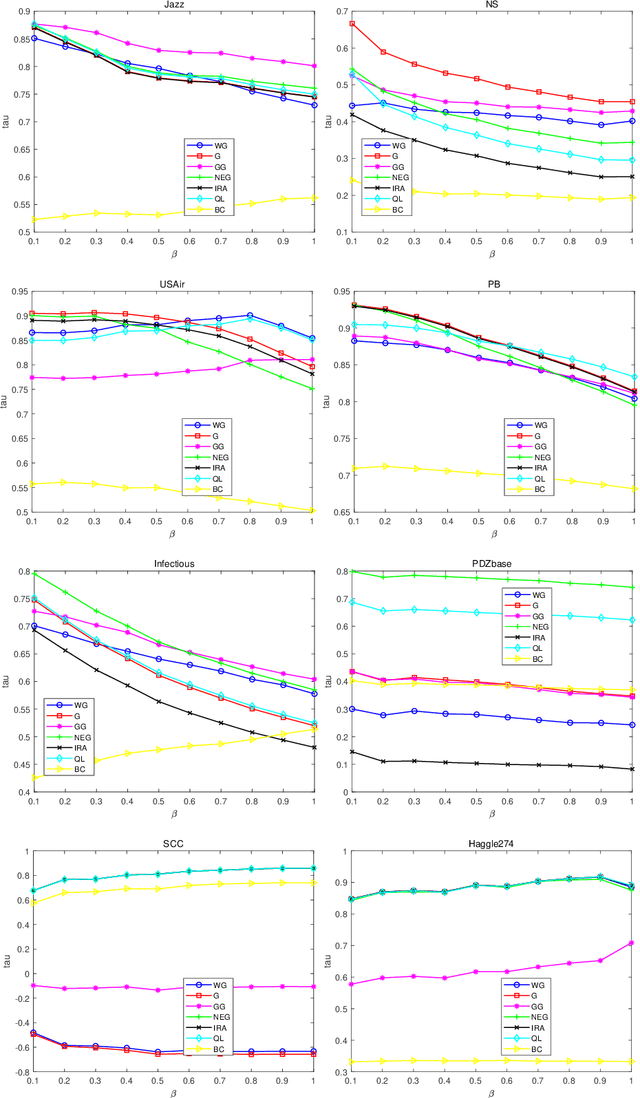Qiuyan Shang
Efficient Action Counting with Dynamic Queries
Mar 05, 2024Abstract:Temporal repetition counting aims to quantify the repeated action cycles within a video. The majority of existing methods rely on the similarity correlation matrix to characterize the repetitiveness of actions, but their scalability is hindered due to the quadratic computational complexity. In this work, we introduce a novel approach that employs an action query representation to localize repeated action cycles with linear computational complexity. Based on this representation, we further develop two key components to tackle the essential challenges of temporal repetition counting. Firstly, to facilitate open-set action counting, we propose the dynamic update scheme on action queries. Unlike static action queries, this approach dynamically embeds video features into action queries, offering a more flexible and generalizable representation. Secondly, to distinguish between actions of interest and background noise actions, we incorporate inter-query contrastive learning to regularize the video representations corresponding to different action queries. As a result, our method significantly outperforms previous works, particularly in terms of long video sequences, unseen actions, and actions at various speeds. On the challenging RepCountA benchmark, we outperform the state-of-the-art method TransRAC by 26.5% in OBO accuracy, with a 22.7% mean error decrease and 94.1% computational burden reduction. Code is available at https://github.com/lizishi/DeTRC.
Evaluating importance of nodes in complex networks with local volume information dimension
Nov 23, 2021



Abstract:How to evaluate the importance of nodes is essential in research of complex network. There are many methods proposed for solving this problem, but they still have room to be improved. In this paper, a new approach called local volume information dimension is proposed. In this method, the sum of degree of nodes within different distances of central node is calculated. The information within the certain distance is described by the information entropy. Compared to other methods, the proposed method considers the information of the nodes from different distances more comprehensively. For the purpose of showing the effectiveness of the proposed method, experiments on real-world networks are implemented. Promising results indicate the effectiveness of the proposed method.
A modified gravity model based on network efficiency for vital nodes identification in complex networks
Oct 12, 2021

Abstract:Vital nodes identification is an essential problem in network science. Various methods have been proposed to solve this problem. In particular, based on the gravity model, a series of improved gravity models are proposed to find vital nodes better in complex networks. However, they still have the room to be improved. In this paper, a novel and improved gravity model, which is named network efficiency gravity centrality model (NEG), integrates gravity model and network efficiency is proposed. Compared to other methods based on different gravity models, the proposed method considers the effect of the nodes on structure robustness of the network better. To solidate the superiority of the proposed method, experiments on varieties of real-world networks are carried out.
 Add to Chrome
Add to Chrome Add to Firefox
Add to Firefox Add to Edge
Add to Edge